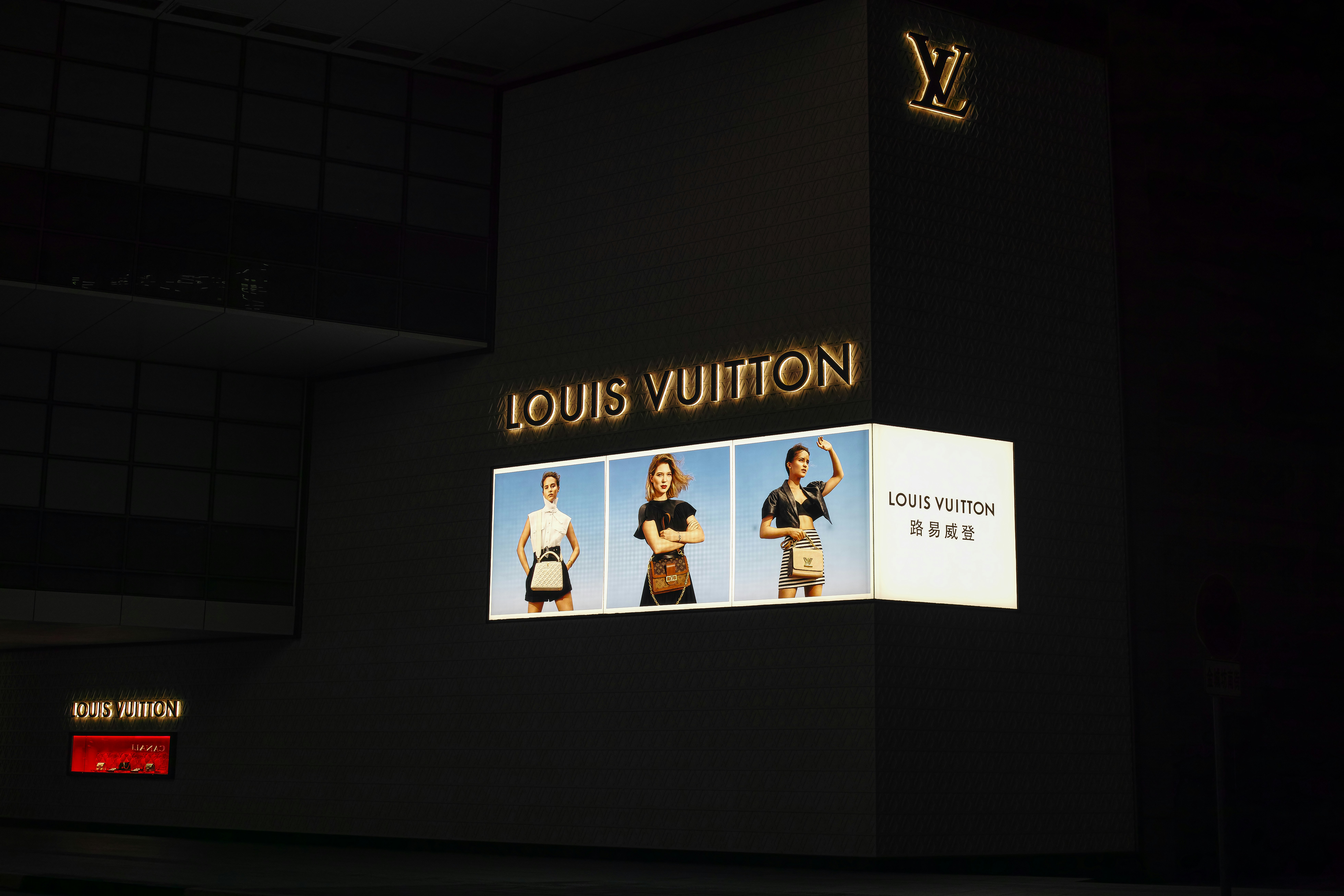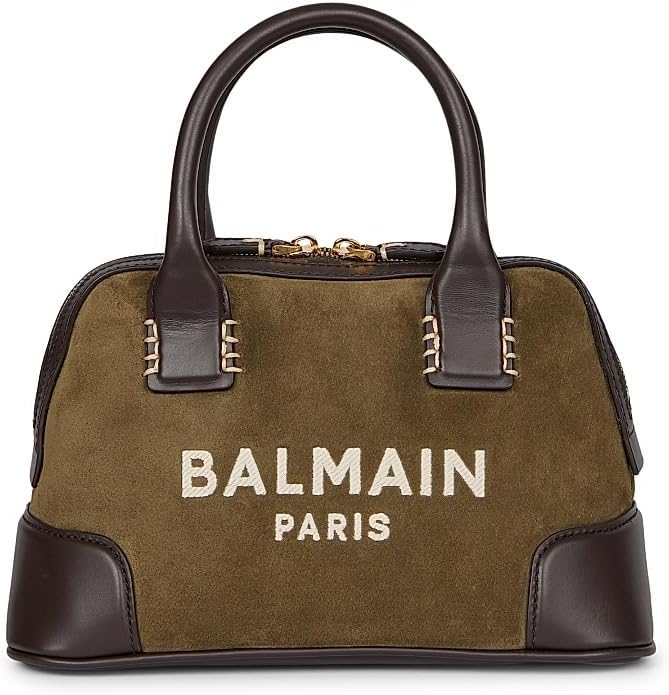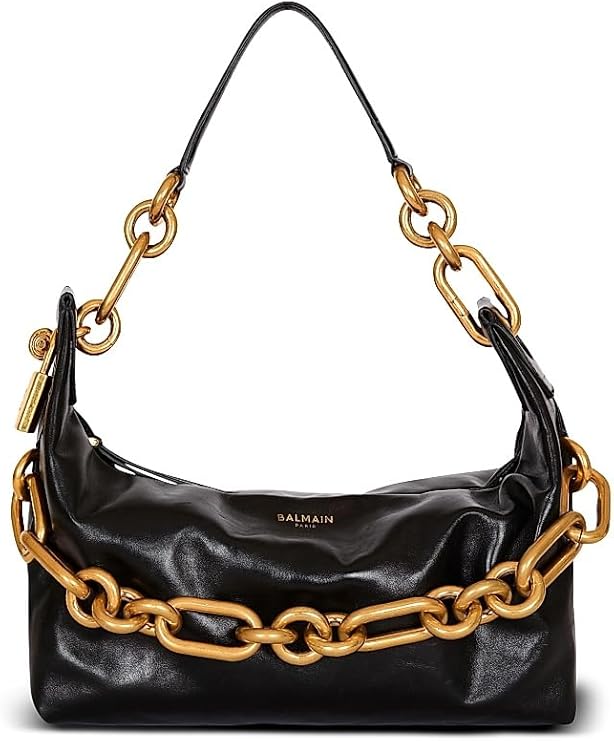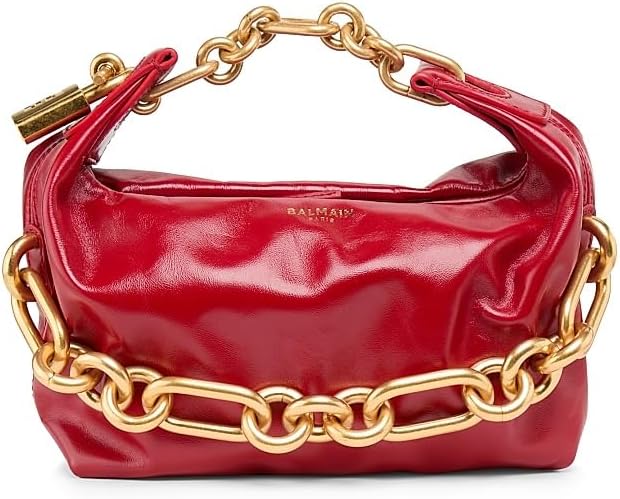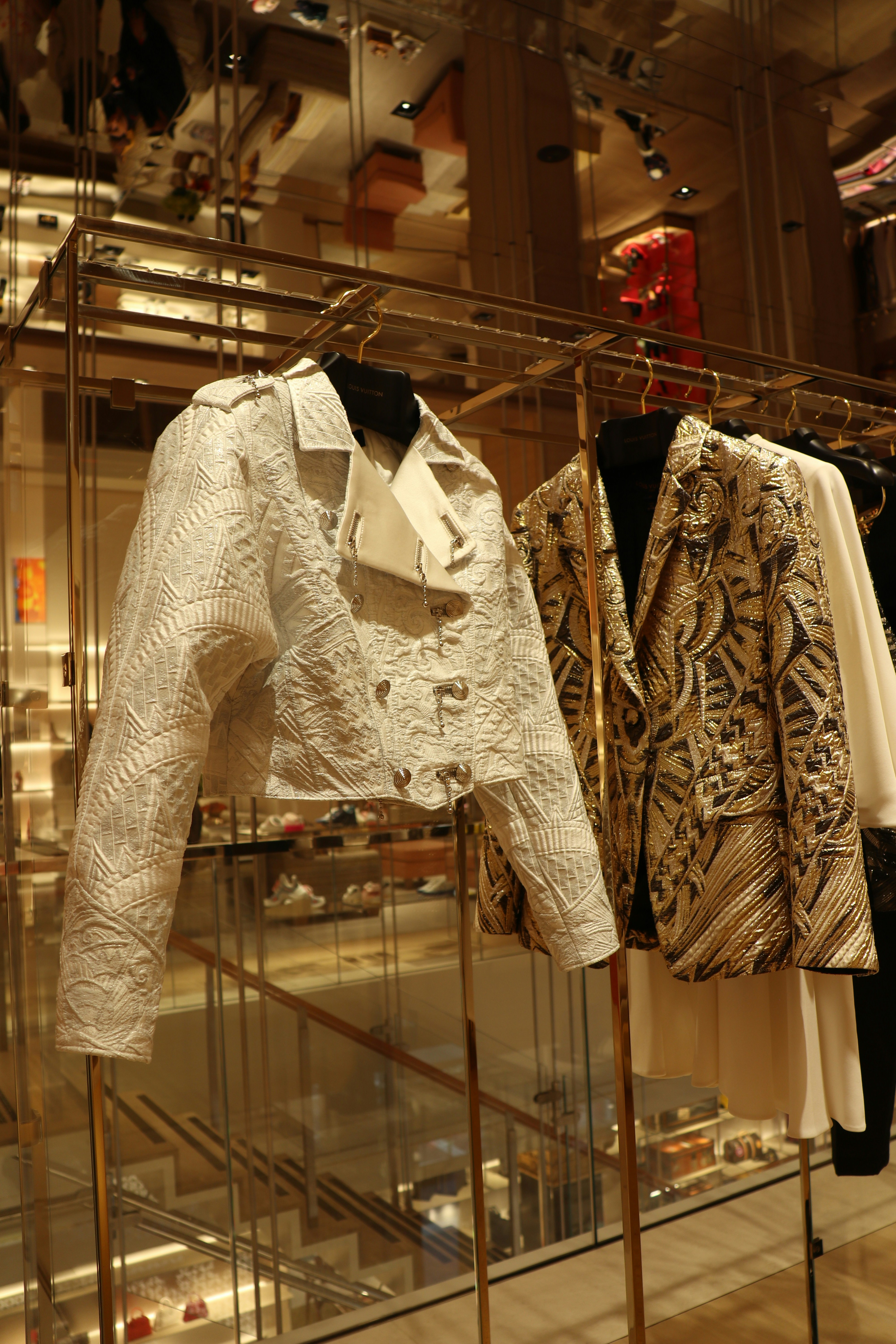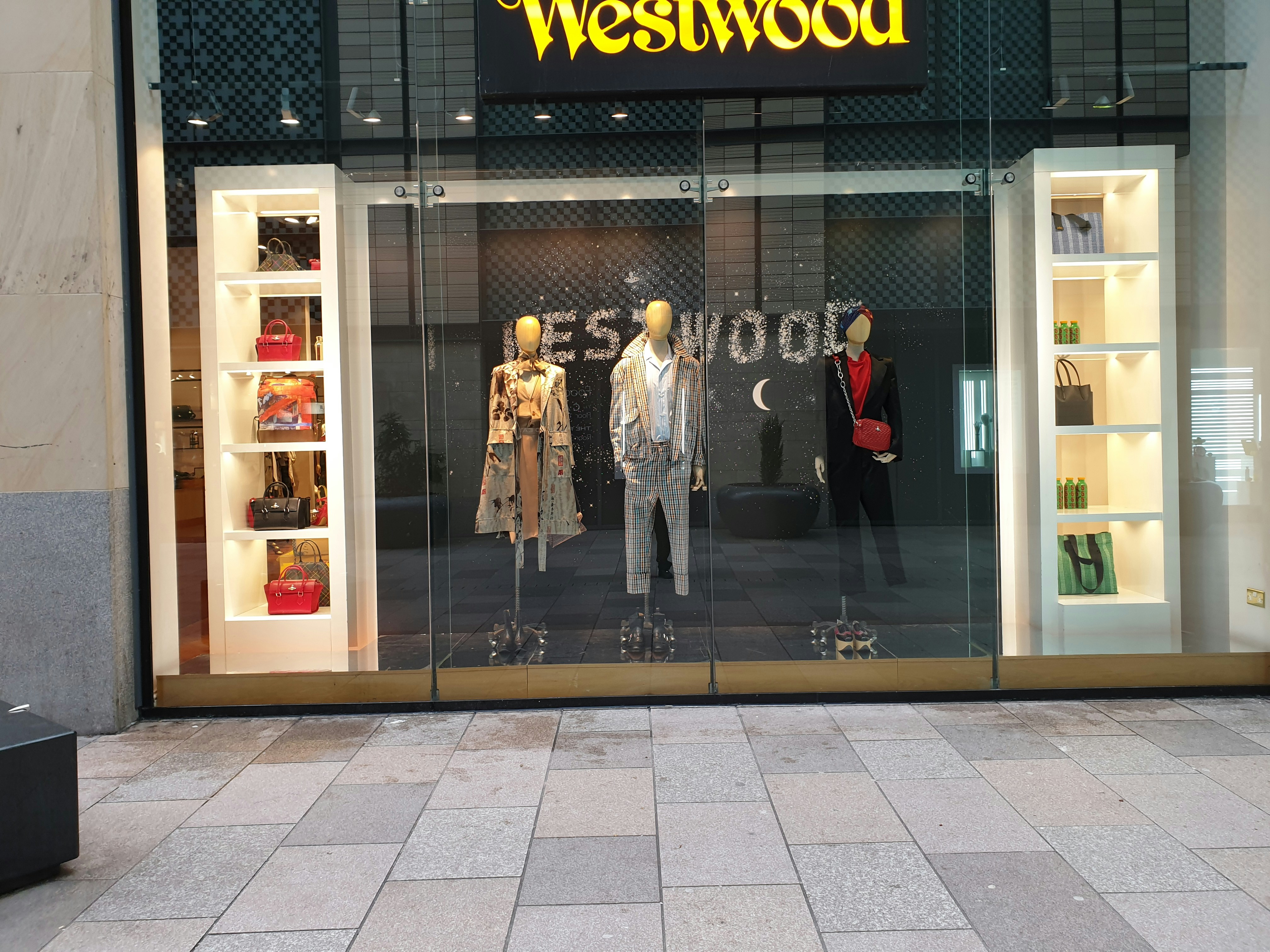The Origins of Kenzo: A Japanese Visionary in Paris
Kenzo Takada, the renowned designer and founder of the Kenzo brand, embarked on a transformative journey from Japan to Paris in the early 1970s. His arrival in the French capital marked a significant turning point, not only for his career but also for the fashion landscape as a whole. Takada’s roots in Japan endowed him with a rich understanding of traditional art and textiles, shaping the aesthetics he would ultimately introduce to the world of Parisian fashion. This melding of Eastern and Western influences would pave the way for a distinct design philosophy that celebrated cultural exchange.
Takada’s early education in fashion began in Japan, where he garnered experience in the intricate processes of traditional textile design and craftsmanship. However, his ambition to explore a broader canvas led him to Europe, where he found inspiration in the vibrant streetwear of Paris. The city, known for its eclectic mix of styles and cultures, provided Takada with an invigorating backdrop that sparked his creativity and allowed him to experiment with his ideas. Paris became more than just his home; it was the crucible in which Kenzo was forged.
The launch of his first boutique in 1970, “Jungle Jap,” encapsulated this fusion of influences. It showcased garments that combined the playful nature of Parisian street culture with the elegance inherent in Japanese design. Takada’s unique approach featured bold prints and colors, often inspired by nature and traditional motifs, reflecting a deep-seated passion for his heritage while simultaneously embracing the dynamic spirit of his adopted home. Through this synergy, Kenzo emerged as a trailblazing brand, captivating audiences with its innovative and joyful creations that resonated with both Japanese and European sensibilities.
Playful Aesthetics: The Signature Kenzo Style
Kenzo’s signature style is defined by a unique playful aesthetic that seamlessly blends traditional Japanese motifs with the contemporary vibe of Parisian streetwear. This brand is renowned for its bold color palettes, which often include vibrant hues and unexpected combinations. This use of color not only captures the eye but also evokes a sense of joy and excitement that is integral to the Kenzo brand identity.
In addition to its striking colors, Kenzo is celebrated for its innovative and funky patterns. The designs frequently incorporate floral prints, animal motifs, and abstract shapes. Such artistry transforms each piece into a statement, allowing wearers to express their personalities. This distinctive approach to pattern design emphasizes the brand’s commitment to originality and creativity, setting it apart in a crowded fashion landscape.
A notable piece that exemplifies Kenzo’s playful ethos is the iconic tiger sweatshirt. This garment has transcended its role as mere apparel to become a cultural symbol, merging the casual appeal of streetwear with the sophistication of high fashion. Featuring a striking tiger graphic, the sweatshirt captures the essence of Kenzo’s vision—melding a love for nature with urban style. The tiger serves not only as a bold visual element but also as a representation of strength and vibrancy, reflecting the adventurous spirit of the brand.
Furthermore, this piece has achieved immense popularity and has become synonymous with Kenzo’s brand identity. It demonstrates how the fusion of playful elements can create wearable art that resonates across demographics. In conclusion, the signature Kenzo style thrives on its boldness and whimsy, captivating fashion enthusiasts around the globe while fostering an inclusive and dynamic fashion narrative.
Kenzo and the LVMH Connection: A New Era
In 1993, Kenzo, the iconic fashion brand founded by Japanese designer Kenzo Takada, became part of the LVMH (Moët Hennessy Louis Vuitton) group, a significant turning point in the brand’s journey. This acquisition not only provided Kenzo with the robust financial backing of one of the largest luxury conglomerates in the world but also positioned it within an extensive international network, allowing for greater visibility and expansion. LVMH’s influence has been pivotal in enhancing Kenzo’s global presence while retaining the brand’s unique cultural ethos.
With the resources and strategic support from LVMH, Kenzo has been able to bolster its marketing initiatives, creating campaigns that resonate with both contemporary consumers and the heritage of the brand. The partnership has facilitated innovative collaborations, such as partnerships with artists and designers from various fields, bridging the gap between traditional Japanese aesthetics and modern streetwear. Through these ventures, Kenzo has successfully attracted a younger demographic that values both heritage and modernity.
In addition to marketing advancements, LVMH’s vast distribution channels have enabled Kenzo to penetrate new markets, particularly in Asia and America. This expansion strategy has allowed the brand to maintain a balanced approach, celebrating its roots while embracing contemporary fashion trends. The brand’s ability to introduce collections that integrate playful motifs and sophisticated designs reflects its commitment to preserving its identity in a rapidly evolving industry. Thus, under the umbrella of LVMH, Kenzo continues to merge cultural significance with innovative style, carving out a distinct space in the competitive landscape of luxury fashion.
Cultural Impact and Future Directions of Kenzo
Kenzo has made a significant mark on the fashion industry, blending traditional Japanese aesthetics with modern Parisian streetwear. This unique fusion has not only influenced clothing designs but has also impacted broader popular culture. The brand is renowned for its vibrant use of patterns, colors, and innovative styles that resonate with a diverse audience. Over the years, Kenzo has inspired contemporary streetwear, challenging the conventions of luxury fashion by merging high-end designs with everyday wear, thereby democratizing fashion in the process.
The brand’s collaborations with various artists and musicians, along with its presence in pop culture, have solidified its relevance. These initiatives have positioned Kenzo as a cultural beacon that celebrates diversity and creativity. Notably, the brand’s ability to engage with current social issues has created a deeper connection with consumers who value authenticity and inclusiveness. This interplay between fashion and societal themes has amplified the brand’s presence across different cultural spheres, including music, art, and lifestyle, allowing Kenzo to remain at the forefront of cultural conversations.
Looking ahead, Kenzo is poised to continue its journey of innovation while remaining true to its roots. The brand faces the challenge of balancing its heritage with the demands of an ever-evolving market. Future directions may include an increased focus on sustainable practices and digital experiences, which are becoming essential in the modern consumer landscape. By incorporating cutting-edge technology and sustainable materials, Kenzo can not only appeal to eco-conscious consumers but also redefine luxury fashion for a new era.
In summary, Kenzo’s remarkable cultural impact illustrates its capacity to adapt and thrive in a competitive environment. By continuing to embrace its rich heritage while exploring innovative avenues, Kenzo is set to maintain its influential status within both the fashion industry and the wider cultural context.

